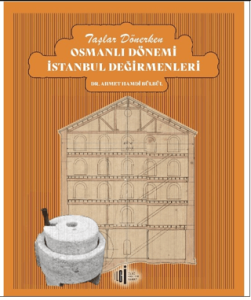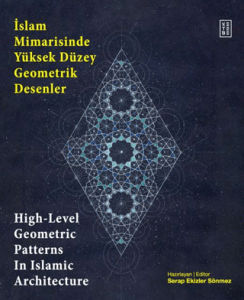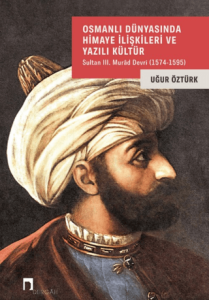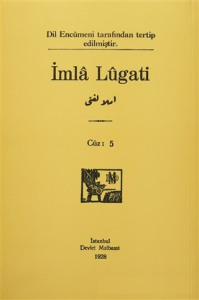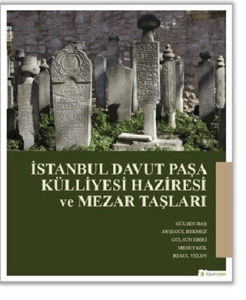
Sinan was the greatest architect of the Ottoman Golden Age of the sixteenth century - when the Ottoman Empire reached its zenith of power and magnificence. At the same time as Michelangelo was working on St. Peter's, Sinan completed the greatest of Turkish mosques, the Süleymaniye and the Selimiye. His style marks the apogee of Turkish art.
The son of Christians, Sinan was drafted as a boy into the Imperial Corps of Janissaries, and took part in many of te Ottoman campaigns in Eastern Europe during the 1520s and 1530s. Beginning as a military engineer and designer of fortifications, he was appointed Chief Imperial Architect in 1538. Under Süleyman the magnificent and his successor Selim II, Sinan designed hundreds of buildings: mosques, palaces, tombs, mausolea, hospitals, schools, caravanserai, bridges, aqueducts and baths. As he himself said, 'with time each edifice became - with the help of Allah and thanks to the generosity and benevolence of the State - the very image of the world in the lands ruled by the Ottoman dynasty.' In his greatest works, he adapted Byzantine and Islamic styles to produce something quite new: a centralized organization of absolute space unhindered by pillars or columns and covered by a soaring dome. An architect of genius in a dynamic new empire expanding into both Asia and Europe, he was a true man of the Renaissance.
Opulent colour illustrations - may photographed especially for this publication - pay tribute to the extraordinary space and light of Sinan's buildings. Texts by the most important specialists in this field complement the handsome visual material and offer new interpretations of Sinan's art. The result is a magnificent testament to the achievement of one man, who stamped his imprint on an entire culture. (İç Kapak'dan)
Sinan was the greatest architect of the Ottoman Golden Age of the sixteenth century - when the Ottoman Empire reached its zenith of power and magnificence. At the same time as Michelangelo was working on St. Peter's, Sinan completed the greatest of Turkish mosques, the Süleymaniye and the Selimiye. His style marks the apogee of Turkish art.
The son of Christians, Sinan was drafted as a boy into the Imperial Corps of Janissaries, and took part in many of te Ottoman campaigns in Eastern Europe during the 1520s and 1530s. Beginning as a military engineer and designer of fortifications, he was appointed Chief Imperial Architect in 1538. Under Süleyman the magnificent and his successor Selim II, Sinan designed hundreds of buildings: mosques, palaces, tombs, mausolea, hospitals, schools, caravanserai, bridges, aqueducts and baths. As he himself said, 'with time each edifice became - with the help of Allah and thanks to the generosity and benevolence of the State - the very image of the world in the lands ruled by the Ottoman dynasty.' In his greatest works, he adapted Byzantine and Islamic styles to produce something quite new: a centralized organization of absolute space unhindered by pillars or columns and covered by a soaring dome. An architect of genius in a dynamic new empire expanding into both Asia and Europe, he was a true man of the Renaissance.
Opulent colour illustrations - may photographed especially for this publication - pay tribute to the extraordinary space and light of Sinan's buildings. Texts by the most important specialists in this field complement the handsome visual material and offer new interpretations of Sinan's art. The result is a magnificent testament to the achievement of one man, who stamped his imprint on an entire culture. (İç Kapak'dan)











